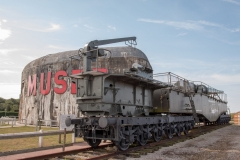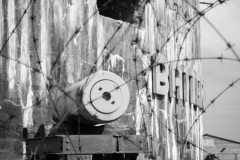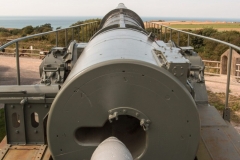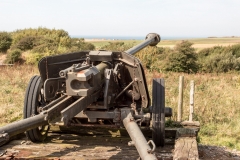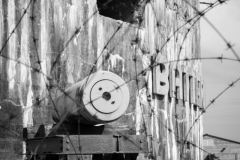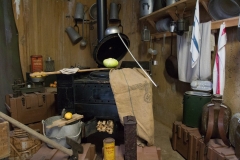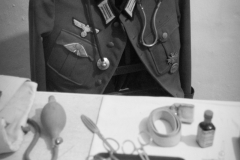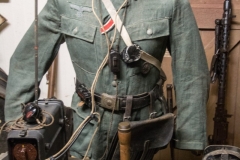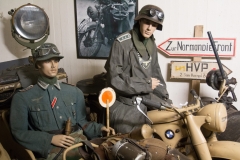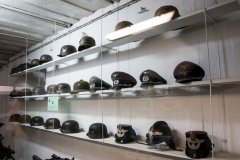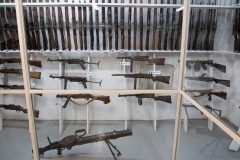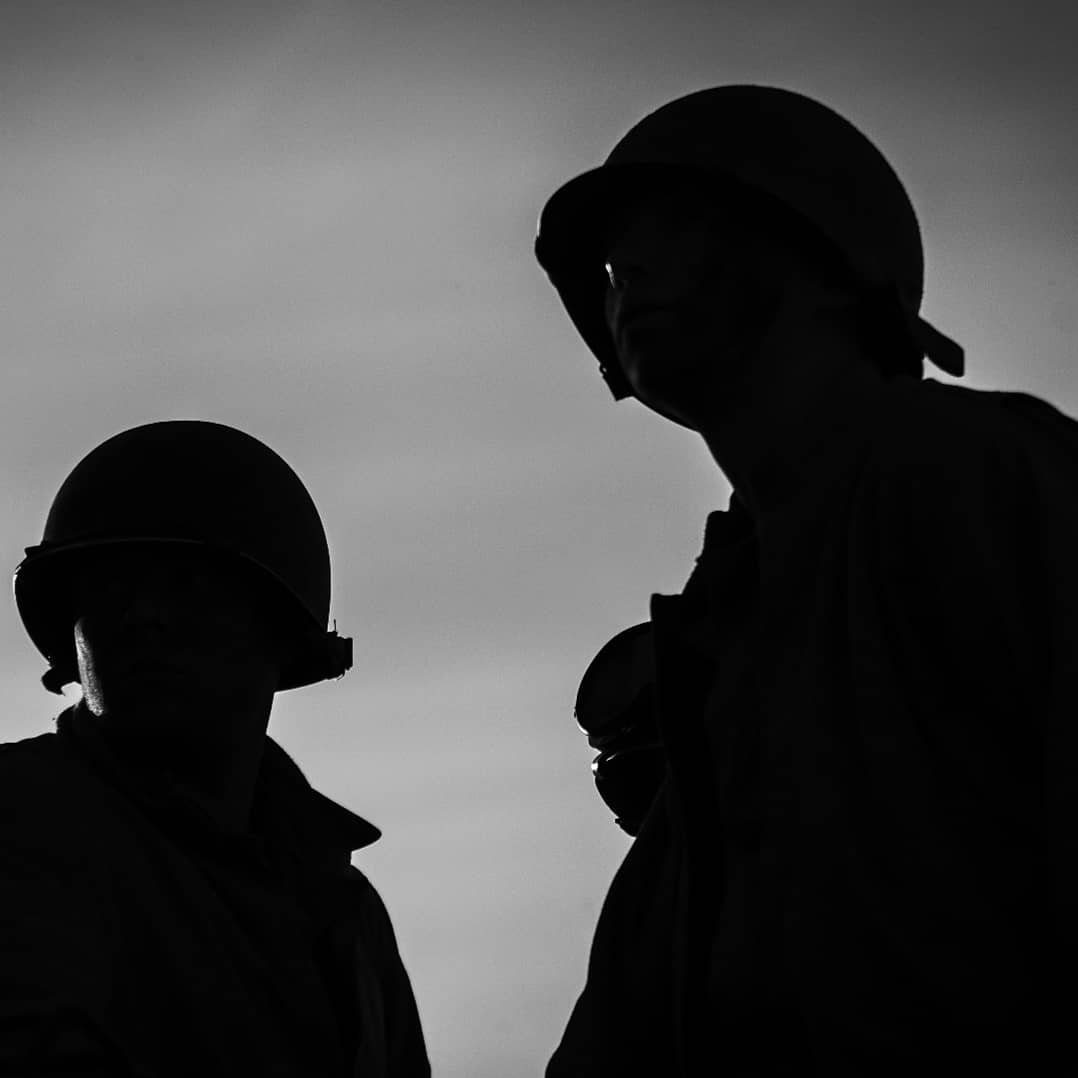Batterie Todt
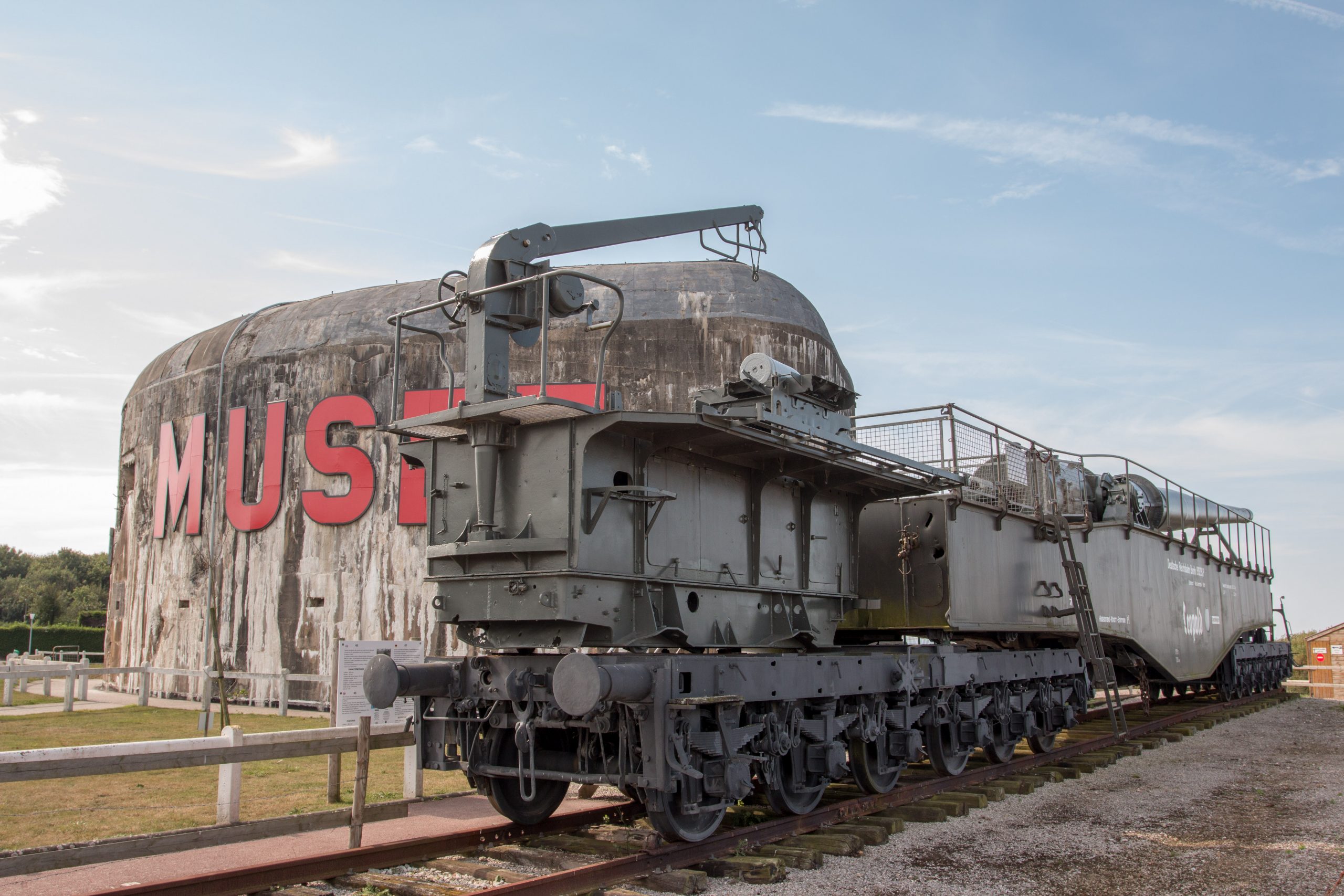
Batterie Todt is a coastal artillery battery build by the German Wehrmacht during the second world war. The building is built by Organisation Todt as the name suggests. But how and why did they construct this interesting building?
Early days
The first coastal battery on cape Gris-Nez was built by the French, before the days of Batterie Todt. They installed four 95mm Mle1888-1904 cannons on this location to protect the channel. Later the French upgraded some batteries with four 100mm Mle 97/17 cannons.
These batteries used to be manned by around 100 soldiers, including some British troops that were responsible for the air defense of that area with 2 40mm bofors anti-aircraft/multi-purpose cannons. The British troops had to evacuate the site on the 22th of may due to the advancing Germans in 1940.
German assault
On the 24th of may 1940 around 11:30 there was a group of German motorized infantry(Panzergrenadier), including a SdKfz.250 on the way to Marquise. A nearby town next to the batteries for a scout mission. These German troops quickly found themselves in contact with the defending french that used a double 37mm cannon to take down the SdKfz.250. This meant the Germans retreated back to the previous crossroad.
The Germans quickly regrouped and a hour later they started another offensive. This time with another SdKfz.250 and a Panzer 2 of the 90th Panzer Abteilung. Even though with the extra support the Germans were stopped yet again by the french. Both vehicles were destroyed and burned out. This was another fail for the Germans and they quickly retreated once again.
After this assault the French retreated as well further back to the battery to be able to have a better defensible position. But the Germans didn’t stop there. For the next attack(22:00) they used two panzer 2’s, but yet again are quickly pushed back by the french defenses.
Later on that evening of the 24th of may 1940 a German officer came to the french defenses to negotiate a french surrender. He warned for a massive attack on the french positions if they refused to surrender to the Germans. The french refused and were ready to hold there ground.
The french officer(Ducuing) decided to mine the area around the batteries and to sabotage the 100mm guns, in case they would fall into enemy hands. But the Germans kept their word and they attacked on the 25th of may at 6:30 with ten panzer 2 tanks. The french positions were overrun after an hour of fighting. The french decided to retreat and to rappel down the cliff to the beach to wait there for a British rescue boat. Most of them were quickly captured, although some french decided to hide in the cliffs and were rescued in the night by the British Destroyer “Greyhound”.
German batteries
After the Germans had captured the french batterie of Gris-Nez on the 25th of may 1940, they decided to make use of the location and started building there themselves to control the channel between France and Britain.
Between 19 July and April 1941 the Germans installed a battery with 6 240mm K.16(t) cannons. They later expended the battery with 6 155mm K.418(f) and some 280mm S.K.L/50 and 380mm S.K.C/34 guns.
Siegfried/Todt battery
The most famous compound on the cape Gris-Nez section was the “Siegfried” battery. It was build in august 1940 and it contained four 380mm S.K.C/34 cannons with a range of 55 kilometers, this meant that the guns could reach the shores of Britain. In 1941 the Germans decided to expand this battery under control of the Todt organisation.
On the 8th of February 1942 doctor Fritz Todt is killed in an airplane crash. Due to this event the battery has been renamed to the Todt battery. After this event its impressive cannons and layout has been used in many ways for propaganda purposes, including the visits of high ranking generals of Germany, Japan and Turkey.
The bunker consisted of a large ammunition storage, technical rooms, generator rooms, ventilation room, workshop and some sleeping locations for the troops. The firing chamber was build like a huge amphitheater with in the middle a 380mm S.K.C/3 cannon, measuring 6 meters high, 9 meter in length and 8 meter wide.
Final hours
The Batterie Todt sector is from the 23th of september 1944 surrounded by Canadian troops of the North Nova Scotland Highlanders regiment. They are equipped with Churchill tanks and flamethrowers.
From the 26th till the 28th of September the battery is attacked by RAF bombers. They drop around 2000 tons of bombs on the sector while the battery guns were still firing shells upon Dover.
On the 29th of September after a few tank shots the German officer in charge decided to surrender with his 1700 men.
Museum
Since 1970 is the batterie todt bunker(turm 1) turned into a museum. I’ve visited this location twice and the complexity and the scale still amazes me today. Even though the original main cannon has been destroyed/dismantled, you can still see how huge it must have been. There is also a 280mm railway cannon for display.
Museum website: https://www.batterietodt.com/
Media
Below are some images I made during one of my visits at the batterie todt museum.
